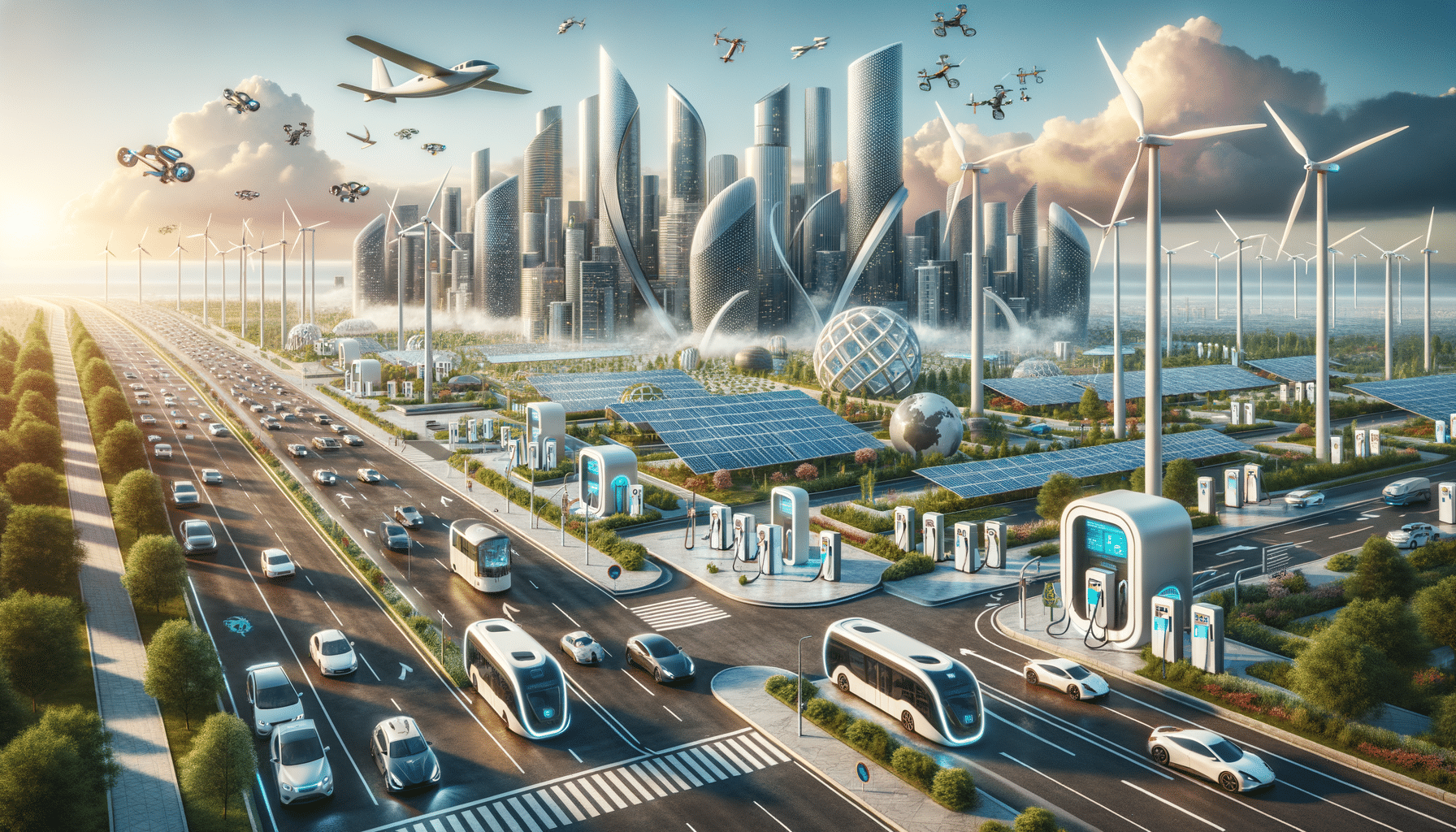Electric Dreams: How EVs Are Shaping Our Future
This article explores how electric cars are changing the way we drive. Learn about the latest trends, tech breakthroughs, and environmental benefits behind the shift to EVs.

Introduction to Electric Vehicles
Electric vehicles (EVs) have rapidly emerged as a transformative force in the automotive industry. As concerns over climate change and fossil fuel dependency grow, the shift towards electric mobility is not only timely but essential. EVs, which run on electric power rather than traditional gasoline, offer a cleaner, more sustainable mode of transportation. This transition is supported by advancements in battery technology, increasing charging infrastructure, and government incentives aimed at reducing carbon footprints. The allure of EVs is not just confined to environmental benefits; they also promise reduced running costs and a quieter, smoother ride, making them an attractive option for modern consumers.
The Technology Behind Electric Vehicles
The core of any electric vehicle is its battery technology. Most EVs use lithium-ion batteries, known for their high energy density and long life. Recent innovations have focused on improving battery capacity, reducing charging times, and extending vehicle range. Fast-charging stations are becoming more prevalent, allowing drivers to recharge their vehicles in a fraction of the time it once took. Furthermore, regenerative braking systems in EVs convert kinetic energy back into stored energy, enhancing efficiency. These technological advancements are crucial in addressing range anxiety, a common concern among potential EV buyers. Additionally, electric motors offer instant torque, providing an exhilarating driving experience that many traditional vehicles struggle to match.
Environmental Impact of Electric Vehicles
One of the most significant advantages of electric vehicles is their potential to reduce greenhouse gas emissions. Unlike conventional cars that burn fossil fuels, EVs produce zero tailpipe emissions. This shift could play a pivotal role in combating urban air pollution and reducing the overall carbon footprint of the transportation sector. While the production of EVs, particularly their batteries, does have an environmental impact, studies suggest that the overall lifecycle emissions of EVs are significantly lower than their gasoline counterparts. Furthermore, as renewable energy sources become more integrated into the grid, the environmental benefits of EVs are expected to increase, making them a cornerstone in the fight against climate change.
Economic Considerations and Government Incentives
The initial cost of electric vehicles has been a barrier for many potential buyers. However, the long-term savings on fuel and maintenance often offset the higher purchase price. Electric motors have fewer moving parts than internal combustion engines, leading to lower maintenance costs. To further encourage adoption, many governments offer financial incentives, such as tax credits, rebates, and reduced registration fees for EV buyers. These incentives aim to make EVs more accessible to a broader audience and accelerate the transition to a more sustainable transportation system. Additionally, investments in charging infrastructure and research into more affordable battery technologies are expected to drive down costs in the coming years.
The Future of Electric Vehicles
The future of electric vehicles looks promising, with many automakers committing to electrifying their fleets. The development of autonomous and connected EVs is set to revolutionize the way we perceive transportation. As technology continues to advance, we can expect further improvements in range, charging speed, and affordability. Moreover, the integration of smart grid technology will allow for more efficient energy use and management. With increasing consumer awareness and demand for sustainable options, electric vehicles are poised to become a dominant force in the automotive industry, paving the way for a more sustainable future.
Conclusion: Embracing the Electric Future
As electric vehicles continue to gain traction, they represent a significant shift towards a more sustainable and environmentally friendly mode of transportation. The benefits of EVs, from reduced emissions to lower running costs, align with global efforts to combat climate change and promote energy independence. While challenges such as infrastructure development and initial costs remain, the momentum behind electric vehicles is undeniable. By embracing this electric future, we can drive towards a cleaner, greener planet, ensuring a better tomorrow for generations to come.